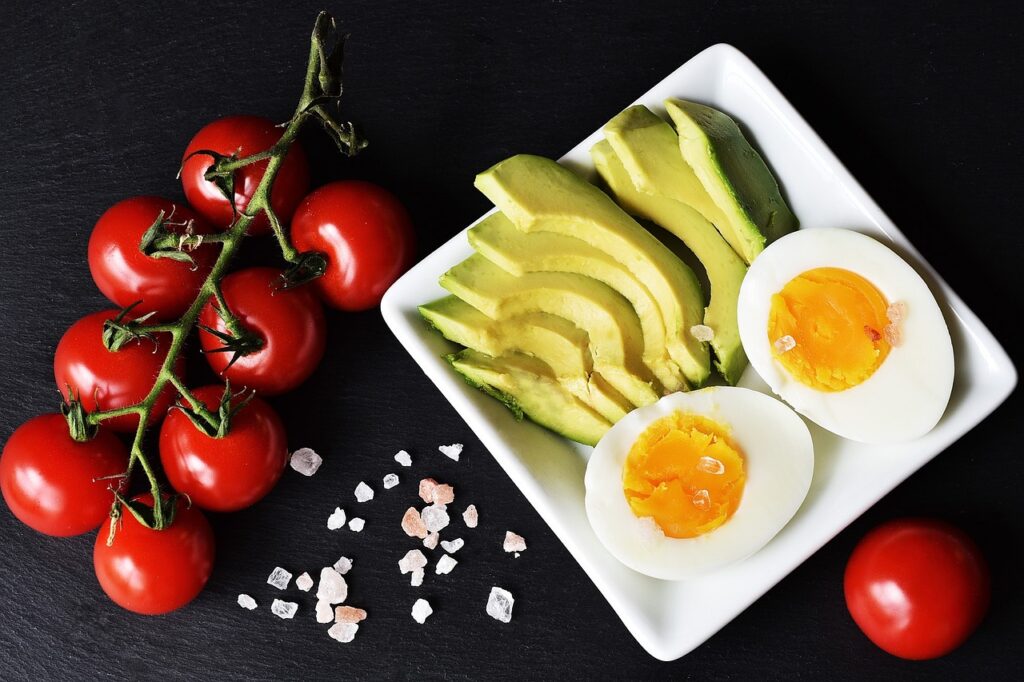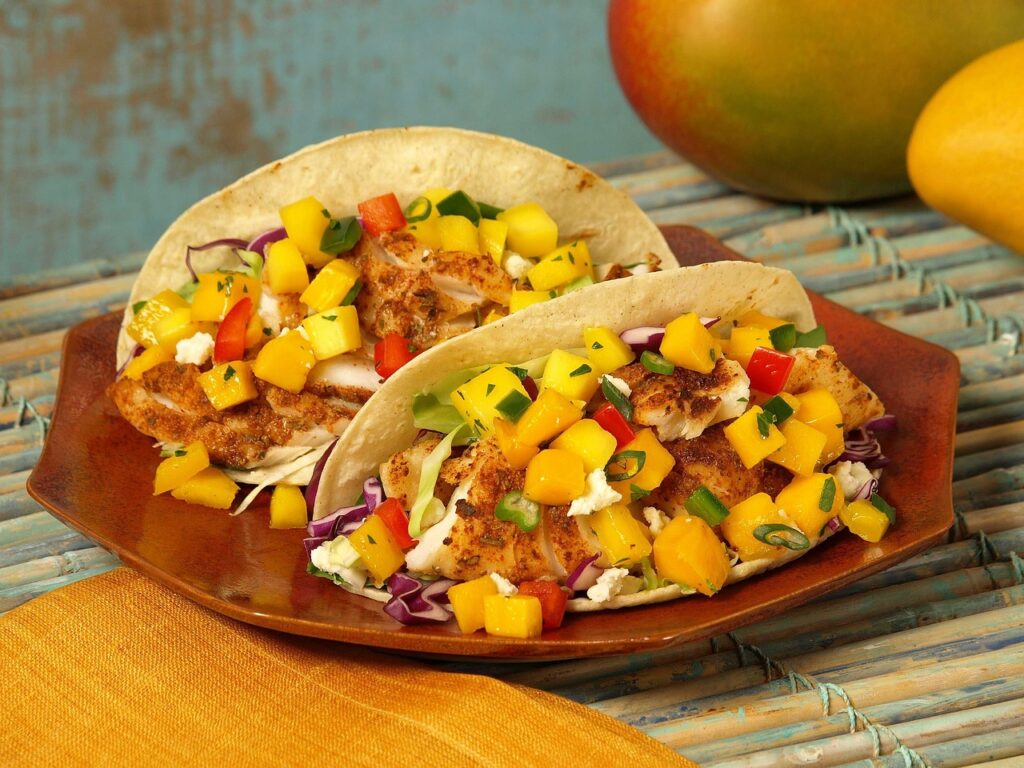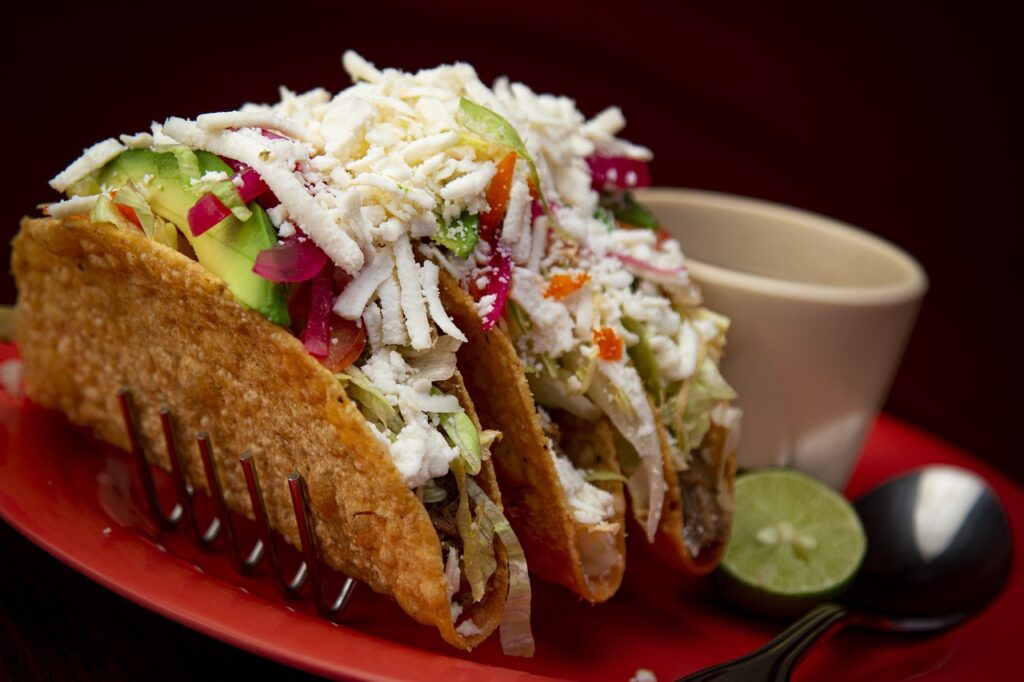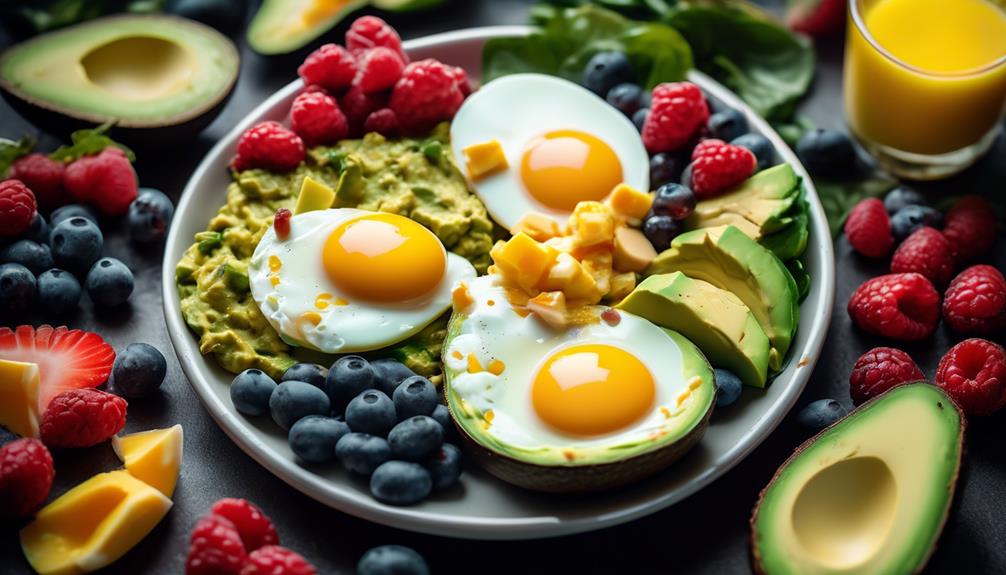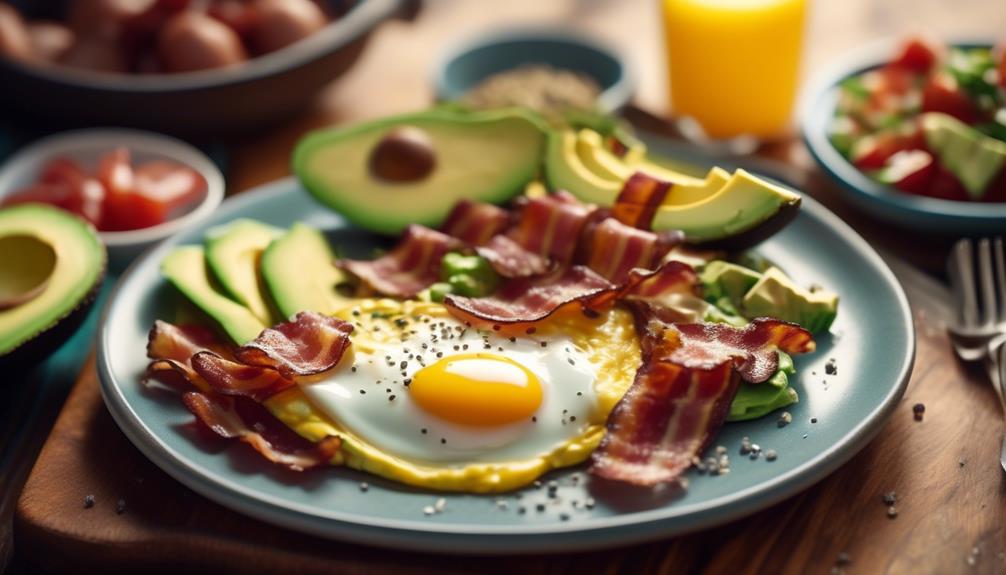Are you tired of feeling like you're missing out on your favorite pasta dishes while following a low-carb, keto vegan diet? Well, fear not! There are plenty of tasty alternatives that will satisfy your cravings without derailing your dietary goals.
From zucchini noodles to seaweed wraps, there's a wide array of options to choose from. But which ones are truly delicious, low in carbs, and suitable for a vegan lifestyle?
In this discussion, we will explore some of the most mouthwatering low-carb pasta alternatives for keto vegans, providing you with the ultimate guide to indulging in guilt-free pasta goodness.
So, get ready to tantalize your taste buds and discover a whole new world of pasta possibilities that will leave you wanting more.
Zucchini Noodles

To add variety and deliciousness to your keto vegan meals, zucchini noodles, also known as zoodles, are a fantastic low-carb pasta alternative. Zucchini noodles aren't only incredibly easy to make, but they also provide a light and refreshing base for a variety of dishes. When it comes to cooking techniques, there are a few options to consider. One popular method is spiralizing the zucchini using a spiralizer tool, which creates long, thin strands resembling spaghetti noodles. Another technique is using a vegetable peeler to create wide, ribbon-like noodles. Whichever method you choose, it's important to note that zucchini noodles cook quickly, so be sure to keep an eye on them to avoid overcooking.
Now let's move on to some recipe ideas. One classic dish that you can recreate with zucchini noodles is spaghetti aglio e olio. Simply sauté minced garlic and red pepper flakes in olive oil until fragrant, then add your zucchini noodles and toss until coated and slightly softened. Top it off with some fresh parsley and a sprinkle of vegan parmesan for a truly satisfying meal.
If you're looking for a heartier option, try making a zucchini noodle stir-fry. Start by sautéing your favorite vegetables in a hot skillet, then add your zucchini noodles and cook until tender. Finish off with a flavorful sauce like soy sauce, ginger, and garlic for a tasty and filling dish.
Spaghetti Squash
Spaghetti squash is a fantastic low-carb pasta alternative for keto vegans. Not only is it packed with essential nutrients like vitamin C and fiber, but it also has a mild, slightly sweet flavor that pairs well with various sauces and toppings.
To cook spaghetti squash, simply roast it in the oven or cook it in the microwave, then use a fork to scrape out the strands.
Get creative with your flavor variations by trying different seasonings and mix-ins to make your spaghetti squash dishes even more delicious and satisfying.
Nutritional Benefits
What makes spaghetti squash a nutritional powerhouse for keto vegans?
Well, let's take a closer look at its nutrient content and weight loss benefits:
- Low in calories: Spaghetti squash is a great option for those looking to shed some pounds. With just 42 calories per cup, it can help you create a calorie deficit for weight loss.
- High in fiber: This vegetable is packed with fiber, which aids in digestion, keeps you feeling full, and supports a healthy gut.
- Rich in vitamins and minerals: Spaghetti squash is a good source of vitamins A, C, and B6, as well as minerals like manganese and potassium. These nutrients are essential for overall health and well-being.
Cooking Instructions
For a delicious and nutritious pasta alternative, try cooking spaghetti squash using these simple instructions.
Spaghetti squash is a versatile vegetable that can be transformed into a low-carb pasta substitute.
To start, preheat your oven to 400°F (200°C). Cut the squash in half lengthwise and scoop out the seeds.
Drizzle the cut sides with olive oil and sprinkle with salt and pepper. Place the halves on a baking sheet, cut side down, and bake for 40-50 minutes, until the flesh is tender and easily shreds into spaghetti-like strands.
Once cooked, use a fork to scrape the flesh into strands.
Now you can toss it with your favorite sauce or add it to stir-fries and salads for a healthy and satisfying meal.
Get creative with your cooking techniques and experiment with different recipe ideas to make the most of this tasty low-carb alternative.
Flavor Variations
To add a burst of flavor to your spaghetti squash, try incorporating different herbs and spices into your cooking. Here are some flavor pairings and recipe ideas to take your spaghetti squash to the next level:
- Italian-inspired: Mix in some garlic, basil, oregano, and red pepper flakes for a classic Italian flavor. Top it off with some marinara sauce and vegan Parmesan cheese for a satisfying meal.
- Mexican twist: Sprinkle some cumin, chili powder, and cilantro on your spaghetti squash. Add some black beans, diced tomatoes, and avocado for a delicious Mexican-inspired dish.
- Asian fusion: Infuse your spaghetti squash with soy sauce, ginger, and sesame oil. Stir-fry it with tofu, bell peppers, and snap peas for a flavorful Asian-inspired stir-fry.
Shirataki Noodles
Ready to discover the health benefits of Shirataki noodles? These low-carb, keto-friendly noodles are made from the konjac plant and are a great option for vegans following a low-carb diet.
With virtually no calories, gluten-free, and high in fiber, Shirataki noodles can help you feel fuller for longer and support your weight loss goals.
Plus, we'll share some cooking tips and flavorful sauce pairings to make your Shirataki noodle dishes even more delicious.
Health Benefits of Shirataki
Shirataki noodles, with their low-carb and low-calorie content, offer a range of health benefits that can support your keto vegan lifestyle. These noodles, made from the konjac plant, aren't only a great pasta alternative, but they also provide several advantages for your well-being.
Here are some of the health benefits of Shirataki:
- Weight management: Shirataki noodles are extremely low in calories and can help you feel full without adding extra pounds.
- Blood sugar control: Due to their low glycemic index, these noodles can help regulate your blood sugar levels, making them a suitable option for those with diabetes or insulin resistance.
- Gut health: Shirataki noodles contain prebiotic fibers that act as food for the beneficial bacteria in your gut, promoting a healthy digestive system.
To enjoy these health benefits, try incorporating Shirataki noodles into your keto vegan meals using various cooking techniques such as stir-frying, boiling, or adding them to soups and salads.
Cooking Tips and Tricks
For a delicious and satisfying keto vegan meal, discover these helpful cooking tips and tricks when preparing Shirataki noodles. Cooking hacks can make all the difference in creating a tasty and satisfying dish.
One useful tip is to rinse the noodles thoroughly before cooking to get rid of any unwanted smell.
Another trick is to dry the noodles in a hot pan for a few minutes to remove excess moisture and improve their texture.
When it comes to ingredient substitutions, you can get creative with your toppings and sauces. Instead of traditional pasta sauces, try using low-carb options like tomato-based sauces made with fresh herbs and spices.
You can also experiment with different vegetable-based sauces or even opt for a creamy avocado sauce for added richness.
With these cooking tips and tricks, you'll be able to enjoy a delicious and satisfying keto vegan meal with Shirataki noodles.
Flavorful Sauce Pairings
To elevate the flavor of your keto vegan meal with Shirataki noodles, explore a variety of flavorful sauce pairings that will tantalize your taste buds. These creative serving suggestions will take your low-carb pasta alternative to the next level:
- Creamy Avocado Pesto: Blend ripe avocados with fresh basil, garlic, lemon juice, and a splash of olive oil for a rich and creamy sauce that complements the texture of Shirataki noodles perfectly.
- Spicy Peanut Sauce: Combine natural peanut butter, tamari or soy sauce, sriracha, lime juice, and a touch of maple syrup for a tangy and spicy sauce that adds a kick to your dish.
- Tomato Basil Marinara: Simmer crushed tomatoes with garlic, onion, fresh basil, and oregano for a traditional marinara sauce that brings out the natural flavors of the Shirataki noodles.
With these flavorful sauce pairings, your keto vegan meal with Shirataki noodles will be a delicious and satisfying experience.
Cauliflower Rice
Transforming cauliflower into rice is a versatile and nutritious option for those following a low-carb, keto vegan lifestyle. Cauliflower rice isn't only a great substitute for traditional rice but also packed with nutritional benefits. It's low in carbohydrates and calories while being high in fiber, vitamins, and minerals. Incorporating cauliflower rice into your meals can help you maintain a balanced diet and support your weight loss goals.
To make cauliflower rice, start by washing and thoroughly drying a head of cauliflower. Remove the leaves and stem, and cut it into florets. Place the florets in a food processor and pulse until they resemble rice-like grains. You can also use a box grater or a knife to achieve a similar texture. Once you have your cauliflower rice, you can use it as a base for stir-fries, pilafs, or even as a side dish.
When cooking cauliflower rice, it's important to remember that it has a high water content. To avoid ending up with a soggy mess, it's best to sauté it in a hot skillet with a little oil or butter. Cook for a few minutes until it becomes tender but still slightly crisp. Season it with salt, pepper, and your favorite herbs and spices to enhance the flavors.
Incorporating cauliflower rice into your low-carb, keto vegan lifestyle can add variety to your meals while providing you with essential nutrients. Give it a try and discover a delicious and nutritious alternative to traditional rice.
Cabbage Noodles

Introducing a delicious and nutritious alternative to traditional pasta: cabbage noodles. These low-carb wonders aren't only keto-friendly but also packed with essential nutrients. Here's why you should include cabbage noodles in your diet:
- Nutritional value: Cabbage is a nutritional powerhouse, rich in vitamins C, K, and B6, as well as fiber and antioxidants. By opting for cabbage noodles, you're adding a healthy dose of nutrients to your meal while reducing your carb intake.
- Cooking techniques: Cabbage noodles can be prepared in various ways to suit your taste. You can lightly sauté them with garlic and olive oil for a simple yet flavorful dish. Alternatively, you can blanch them quickly for a softer texture or even bake them for a crispy alternative.
- Versatility: Cabbage noodles can be used as a replacement for pasta in a wide range of dishes. Whether you're craving a comforting bowl of spaghetti or a stir-fry, cabbage noodles can be your go-to option. They pair well with a variety of sauces and toppings, allowing you to enjoy your favorite pasta dishes without the guilt.
Broccoli Rice
If you're looking for another versatile low-carb option to add to your keto vegan repertoire, consider incorporating broccoli rice into your meals. Broccoli rice is a nutritious and delicious alternative to traditional rice that can be easily prepared and enjoyed in a variety of ways.
One of the key benefits of broccoli rice is its high nutritional value. Broccoli is packed with essential vitamins and minerals, including vitamin C, vitamin K, and folate. It's also a great source of fiber, which can help you feel fuller for longer and aid in digestion. By substituting traditional rice with broccoli rice, you can significantly reduce your carbohydrate intake and increase your vegetable consumption.
When it comes to cooking techniques, there are several options to choose from. You can make broccoli rice by simply pulsing fresh or frozen broccoli florets in a food processor until they resemble rice grains. You can then steam or sauté the broccoli rice for a few minutes until it's tender. Another option is to buy pre-packaged frozen broccoli rice, which can be quickly heated in a pan or microwave.
Broccoli rice is a versatile ingredient that can be used as a base for stir-fries, salads, and even as a side dish. It can be seasoned with herbs, spices, and sauces to add flavor and variety to your meals.
Kelp Noodles

Looking to add variety to your low-carb vegan keto diet? Kelp noodles are a great option to consider. Not only are they low in carbs and calories, but they also offer a range of nutritional benefits like being rich in iodine and fiber.
When it comes to cooking and preparing kelp noodles, they're incredibly easy and quick, requiring no cooking at all. Simply rinse, drain, and mix them with your favorite sauces or dressings.
In terms of flavor and texture, kelp noodles have a mild taste and a crunchy, slightly chewy texture, making them a delightful substitute for traditional pasta.
Nutritional Benefits
Kelp noodles offer a variety of nutritional benefits that can support your keto vegan lifestyle. These translucent noodles, made from kelp seaweed, aren't only low in carbs and calories but also packed with essential vitamins and minerals.
Here are some of the nutritional benefits you can enjoy when incorporating kelp noodles into your diet:
- Rich in iodine: Kelp noodles are an excellent source of iodine, which is essential for maintaining a healthy thyroid function.
- High in calcium: These noodles are a great way to increase your calcium intake, supporting strong bones and teeth.
- Loaded with antioxidants: Kelp noodles are rich in antioxidants that help protect your cells from damage caused by free radicals.
To prepare kelp noodles, simply rinse them under cold water and soak them in warm water for about 10 minutes. Then, they're ready to be added to your favorite keto vegan dishes.
Enjoy the nutritional benefits and the delicious taste of kelp noodles in your meals!
Cooking and Preparation Methods
To make the most out of your kelp noodles, try these simple and effective cooking and preparation methods.
Kelp noodles are a versatile low-carb pasta alternative that can be enjoyed in various ways. One popular cooking technique is to rinse the noodles thoroughly and then soak them in warm water for about 10 minutes to soften them. You can then use them in cold salads or stir-fry them with your favorite vegetables and sauces.
Another creative recipe involves marinating the noodles in a mixture of soy sauce, sesame oil, and spices before sautéing them with garlic and ginger for a flavorful Asian-inspired dish.
Don't be afraid to experiment and explore different cooking techniques and recipes to find your favorite way to enjoy kelp noodles on your keto vegan diet.
Flavor and Texture Comparison
For a keto vegan looking to compare the flavor and texture of different low-carb pasta alternatives, kelp noodles offer a unique and satisfying option. These noodles, made from seaweed, have a mild taste that easily absorbs the flavors of the dishes you prepare. They have a crunchy texture when eaten raw, but can be softened by soaking them in warm water or boiling them briefly.
Here are some flavor preferences and cooking techniques to consider when using kelp noodles:
- Experiment with different sauces and seasonings to enhance the flavor of your kelp noodle dishes.
- Try stir-frying kelp noodles with vegetables and tofu for a quick and delicious meal.
- Consider marinating kelp noodles in a tangy dressing or sauce to add extra flavor.
Eggplant Lasagna Sheets

Consider using thinly sliced eggplant as a nutritious and low-carb alternative to traditional lasagna sheets. Eggplant not only adds a unique flavor and texture to your lasagna, but it's also packed with essential nutrients that will keep you feeling satisfied and energized.
To prepare the eggplant sheets, start by slicing the eggplant into thin, even strips. You can use a mandoline or a sharp knife for this.
Next, lightly salt the slices and let them sit for about 30 minutes to draw out any excess moisture. This step helps prevent the lasagna from becoming watery. Afterward, pat the slices dry with a paper towel.
You can either grill or roast the eggplant slices for a few minutes on each side until they become tender and slightly caramelized. Once they're ready, you can layer them with your favorite keto-friendly fillings and sauces, just like you'd with traditional lasagna sheets.
Get creative with your recipe ideas by experimenting with different herbs, vegetables, and plant-based cheeses. Eggplant lasagna sheets are a delicious and healthy way to enjoy a classic Italian dish while sticking to your low-carb vegan lifestyle.
Bean Sprout Noodles
Try incorporating bean sprout noodles into your keto vegan diet for a low-carb, nutritious pasta alternative. These noodles aren't only delicious but also packed with essential nutrients that can support your overall health. Here's why you should give bean sprout noodles a try:
- Low in carbs: Bean sprout noodles are a fantastic option for those following a low-carb diet. They contain significantly fewer carbohydrates compared to traditional pasta, making them suitable for keto vegans looking to maintain ketosis.
- High nutritional content: Bean sprout noodles are rich in vitamins, minerals, and fiber. They provide essential nutrients like vitamin C, vitamin K, and folate, which are crucial for a healthy immune system, bone strength, and cell growth.
- Versatile cooking techniques: Bean sprout noodles can be used in various cooking techniques, such as stir-frying, boiling, or even adding them to soups. They've a mild taste that easily absorbs the flavors of the ingredients they're cooked with, making them a versatile choice for many different dishes.
Incorporating bean sprout noodles into your keto vegan diet can provide you with a low-carb pasta alternative that's both nutritious and delicious. Experiment with different recipes and cooking techniques to find your favorite way to enjoy these wholesome noodles.
Hearts of Palm Pasta

Incorporate hearts of palm pasta into your keto vegan diet for a low-carb and satisfying alternative to traditional pasta. Hearts of palm pasta is made from the inner core of the palm tree, and it's a great option for those following a keto vegan lifestyle. Not only is it low in carbohydrates, but it's also packed with fiber and essential nutrients.
When it comes to cooking techniques for hearts of palm pasta, it's important to keep in mind that it has a delicate texture. To avoid overcooking, simply sauté it in a pan with some olive oil or coconut oil for a few minutes until heated through. You can also incorporate it into stir-fries or salads for added texture and flavor.
If you're looking for recipe suggestions, try making a delicious hearts of palm pasta salad. Combine the pasta with cherry tomatoes, cucumber, olives, and a homemade vinaigrette dressing. Alternatively, you can use hearts of palm pasta as a base for a creamy vegan Alfredo sauce, adding in some nutritional yeast, garlic, and plant-based milk.
Seaweed Wraps
To add variety and a nutritious boost to your keto vegan diet, embrace the versatility and health benefits of seaweed wraps. These wraps aren't only low in carbs but also packed with essential vitamins and minerals.
Here are some creative seaweed wrap alternatives and recipes to inspire your culinary adventures:
- Nori Wraps: Nori is a type of edible seaweed commonly used in sushi. It's thin, crispy, and perfect for wrapping your favorite keto vegan fillings like avocado, cucumber, and tofu. You can also experiment with adding some spicy sriracha sauce or creamy tahini for extra flavor.
- Dulse Wraps: Dulse is a red seaweed that has a slightly chewy texture and a rich umami flavor. It's a fantastic alternative to traditional wraps and pairs well with ingredients like marinated tempeh, shredded carrots, and sprouts. For an extra kick, drizzle some tamari sauce or sesame oil over your dulse wrap.
- Kelp Wraps: Kelp is a brown seaweed known for its high iodine content and natural umami taste. It can be used as a wrap for your keto vegan sushi rolls or as a substitute for tortillas in Mexican-inspired dishes. Fill your kelp wrap with grilled veggies, black beans, and a dollop of homemade guacamole.
Tofu Shirataki Noodles

For a satisfying and low-carb option to add to your keto vegan repertoire, consider exploring the versatility of tofu shirataki noodles. These noodles are made from the konjac plant and tofu, making them a great alternative to traditional pasta. With their unique texture and neutral taste, tofu shirataki noodles can be easily incorporated into a variety of dishes.
When cooking tofu shirataki noodles, it's important to rinse them thoroughly to remove any unwanted odor. You can then boil them for a few minutes or stir-fry them with your favorite vegetables and seasonings. The key is to not overcook them, as they can become mushy.
With tofu shirataki noodles, the possibilities are endless. You can use them as a base for stir-fries, salads, or even soups. They can also be paired with a flavorful sauce, such as a spicy peanut sauce or a tangy tomato sauce. For a quick and easy meal, try tossing them with some sautéed garlic, olive oil, and fresh herbs.
Incorporating tofu shirataki noodles into your keto vegan diet is a great way to enjoy a low-carb pasta alternative. With their unique texture and versatility, these noodles can be a delicious addition to your favorite recipes. So go ahead, get creative in the kitchen and start experimenting with tofu shirataki noodles today!
Konjac Noodles
Consider adding konjac noodles to your keto vegan diet as a satisfying and low-carb pasta alternative. These noodles are made from the konjac plant, also known as glucomannan, which is a type of soluble fiber.
Here are some nutritional benefits and cooking instructions for incorporating konjac noodles into your meals:
- Low in calories and carbs: Konjac noodles are extremely low in calories and carbohydrates, making them a great option for those following a keto vegan diet. They contain only a fraction of the carbs found in traditional pasta.
- Rich in fiber: Konjac noodles are high in soluble fiber, which can help regulate blood sugar levels and promote a healthy digestive system. They can also help you feel fuller for longer, aiding in weight management.
- Easy to prepare: Cooking konjac noodles is quick and easy. Simply rinse them thoroughly, then boil or stir-fry them for a few minutes. They have a neutral taste and absorb the flavors of the sauces and seasonings you use, making them versatile for a variety of dishes.
Conclusion
So, my fellow keto vegans, fear not! There are plenty of delicious and guilt-free alternatives to traditional pasta out there.
From the versatile zucchini noodles to the satisfying hearts of palm pasta, you can still indulge in your favorite pasta dishes while keeping your carb intake low.
So go ahead, get creative in the kitchen and explore these tasty options.
Your taste buds and waistline will thank you!


